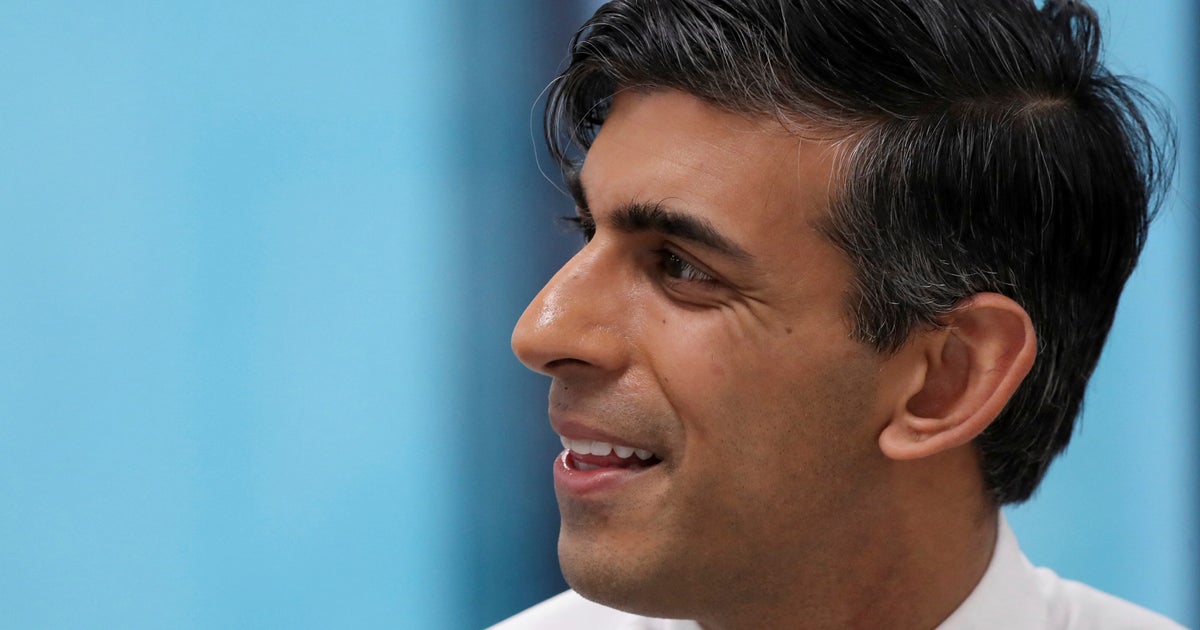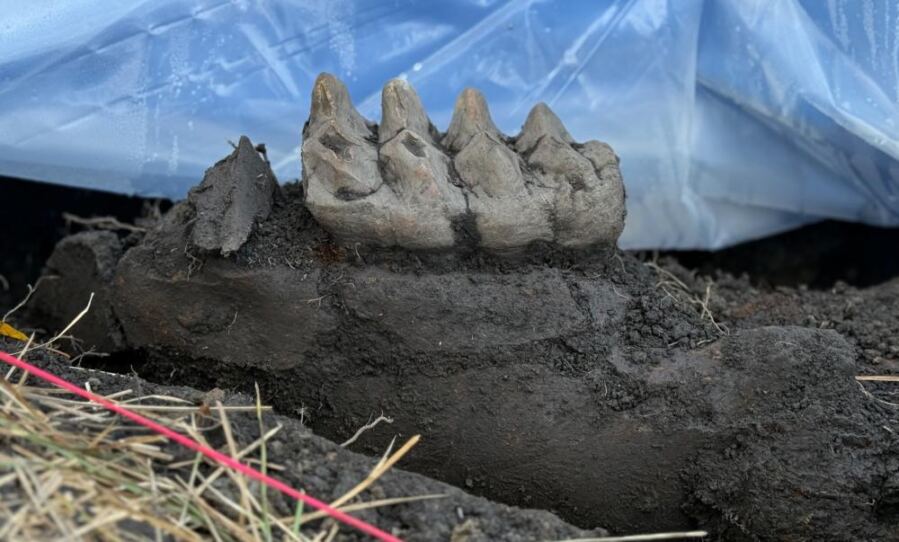If you are considering a hair transplant, it is important to understand the basics of the procedure. This article will provide an overview of hair transplants, including what they involve and how they are performed. By understanding the basics of hair transplants, you can make an informed decision about whether this is the right procedure for you.
- What is a hair transplant and how does it work?
A hair transplant is a surgical procedure that is used to treat hair loss. The procedure involves taking hair from an area of the scalp where hair is thick and transplanting it to an area where hair is thin or bald. Hair transplants can be used to treat both men and women. The most common type of transplant is called follicular unit transplantation, which is a technique that transplants individual hair follicles. This method is considered to be the most natural-looking and effective. During the procedure, the doctor will make tiny incisions in the scalp and then insert the follicles into the incisions. The transplanted hair will then start to grow on its own. In most cases, patients will need more than one surgery to achieve the desired results. Hair transplants are considered to be a very safe procedure, and complications are rare. However, it is important to have realistic expectations about the results of the surgery. Most patients will notice some regrowth within 6-9 months, but it may take up to a year for the full results to be visible. Additionally, not all patients will experience complete regrowth, but most will see an improvement in their hair density.
- Who is a good candidate for a hair transplant surgery
While hair transplant surgery can be an effective treatment for hair loss, it is not suitable for everyone. The best candidates for the procedure are those who have lost hair due to genetic factors or trauma, and who still have healthy hair follicles in other parts of the scalp. The surgery is less successful for those who are balding due to medical conditions such as alopecia or who have extensive hair loss throughout the scalp. In addition, personal factors such as age and lifestyle can also affect the success of hair transplant surgery. For example, smoking and exposure to harsh chemicals can damage hair follicles and prevent new hair from growing. As a result, it is important to consult with a qualified surgeon to determine if hair transplant surgery is right for you.
- The cost of hair transplant surgery
Hair transplant surgery is a cosmetic procedure that can be used to restore hair growth in areas where the hair has been lost. The surgery is typically performed on the scalp, but it can also be used to restore eyebrows, eyelashes, and facial hair. The cost of hair transplant surgery varies depending on the complexity of the procedure and the experience of the surgeon. However, in general, hair transplant surgery can range from $4,000 to $15,000. In some cases, patients may also need to pay for additional treatments, such as medication or Rogaine, to maintain their results. As with any surgery, there are also risks associated with hair transplant surgery, such as infection and scarring. However, these risks are typically low when the procedure is performed by a qualified surgeon.
- How long does the procedure take and what are the side effects
Hair transplants are a popular way to restore hair growth, but many people are unsure about the procedure itself. The first step is to remove hair from the donor area, which is typically the back of the head. The next step is to make tiny incisions in the recipient area and insert the hair follicles. The entire process usually takes between 4 and 8 hours, depending on the size of the transplant. There are also a few potential side effects to consider, such as pain, swelling, and bruising. In rare cases, it is also possible to experience numbness or infection at the transplant site. Overall, however, hair transplants are considered to be a safe and effective way to restore hair growth.
- Post-operative care instructions
Although hair transplants are considered safe, there are some risks involved. It is important to follow your post-operative care instructions carefully to minimize these risks and ensure a successful outcome. After a hair transplant, it is normal to experience some redness, swelling, and bruising. You may also have scabs on your scalp where the follicles were harvested and transplanted. It is important not to pick at these scabs, as this can lead to infection. You should also avoid exposing your scalp to direct sunlight or heat for at least two weeks after the procedure. Protecting your scalp from the sun will help to reduce the risk of scarring. It is also important to keep your scalp clean after a hair transplant. Gently wash your hair with a mild shampoo every day. Avoid scrubbing or rubbing your scalp too vigorously. You should also avoid swimming or using saunas for at least two weeks after the procedure. When washing your hair, be sure to use lukewarm water rather than hot water. Following these simple post-operative care instructions will help you to heal quickly and enjoy a successful outcome from your hair transplant.
A hair transplant is a surgery where healthy hair follicles are transplanted from one area of the scalp to a bald or thinning area. The procedure can be used to restore not only the hairline but also eyebrows, eyelashes, and beard hair. If you are considering having a hair transplant, please give a call at New Hair Clinic. They would love to answer any questions that you have about the procedure and help you take the next steps towards getting your confidence back.
























































